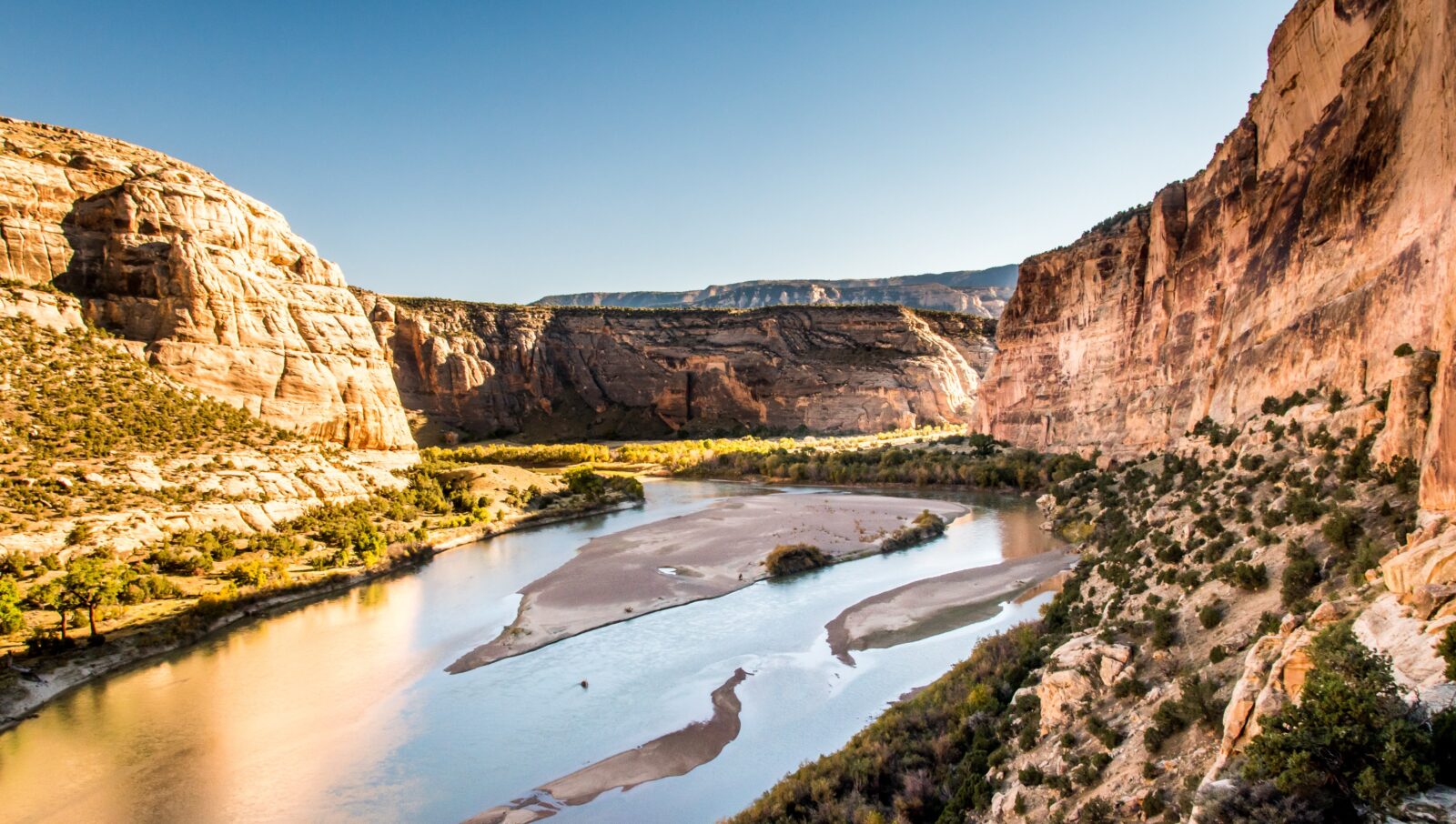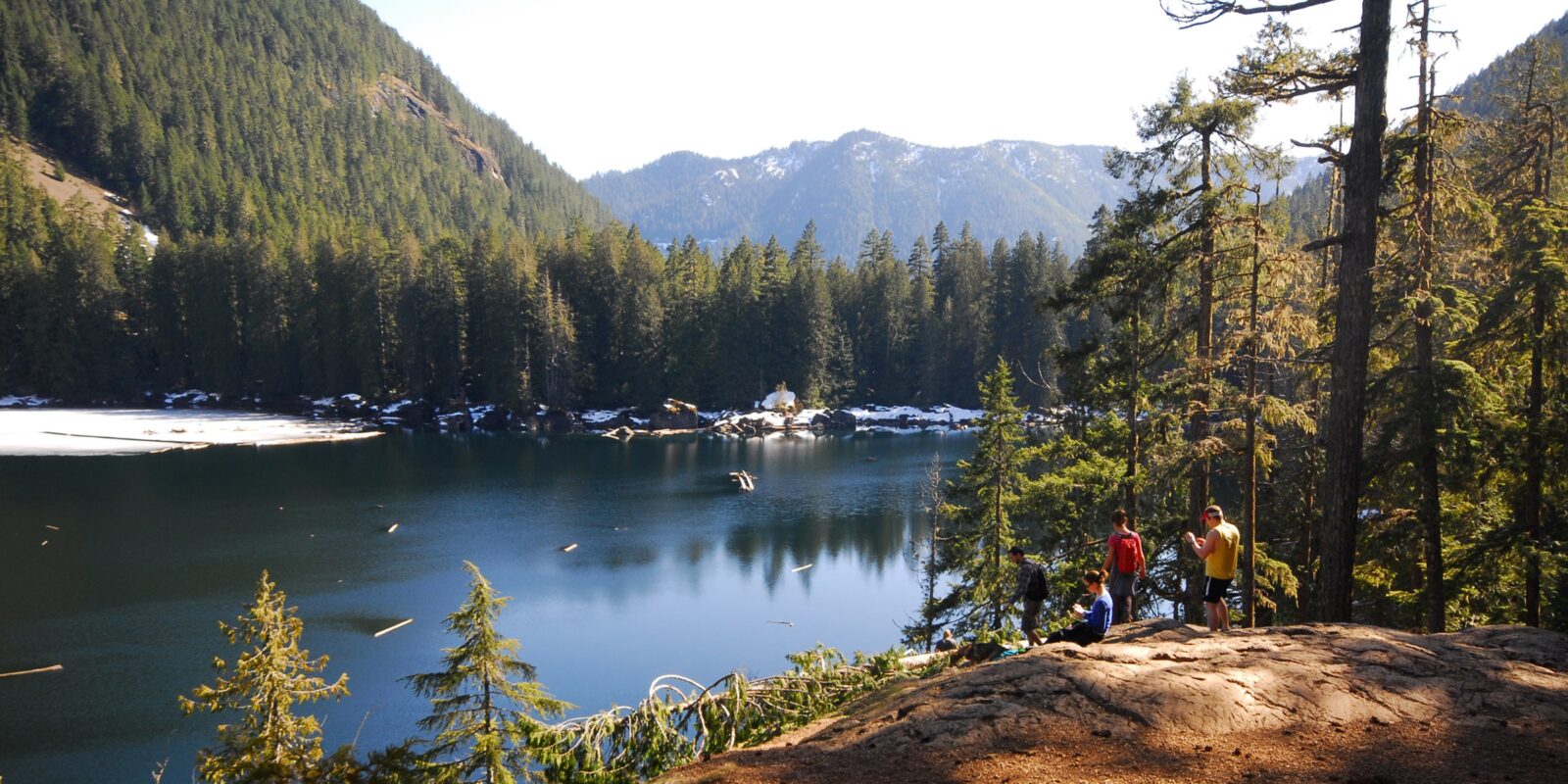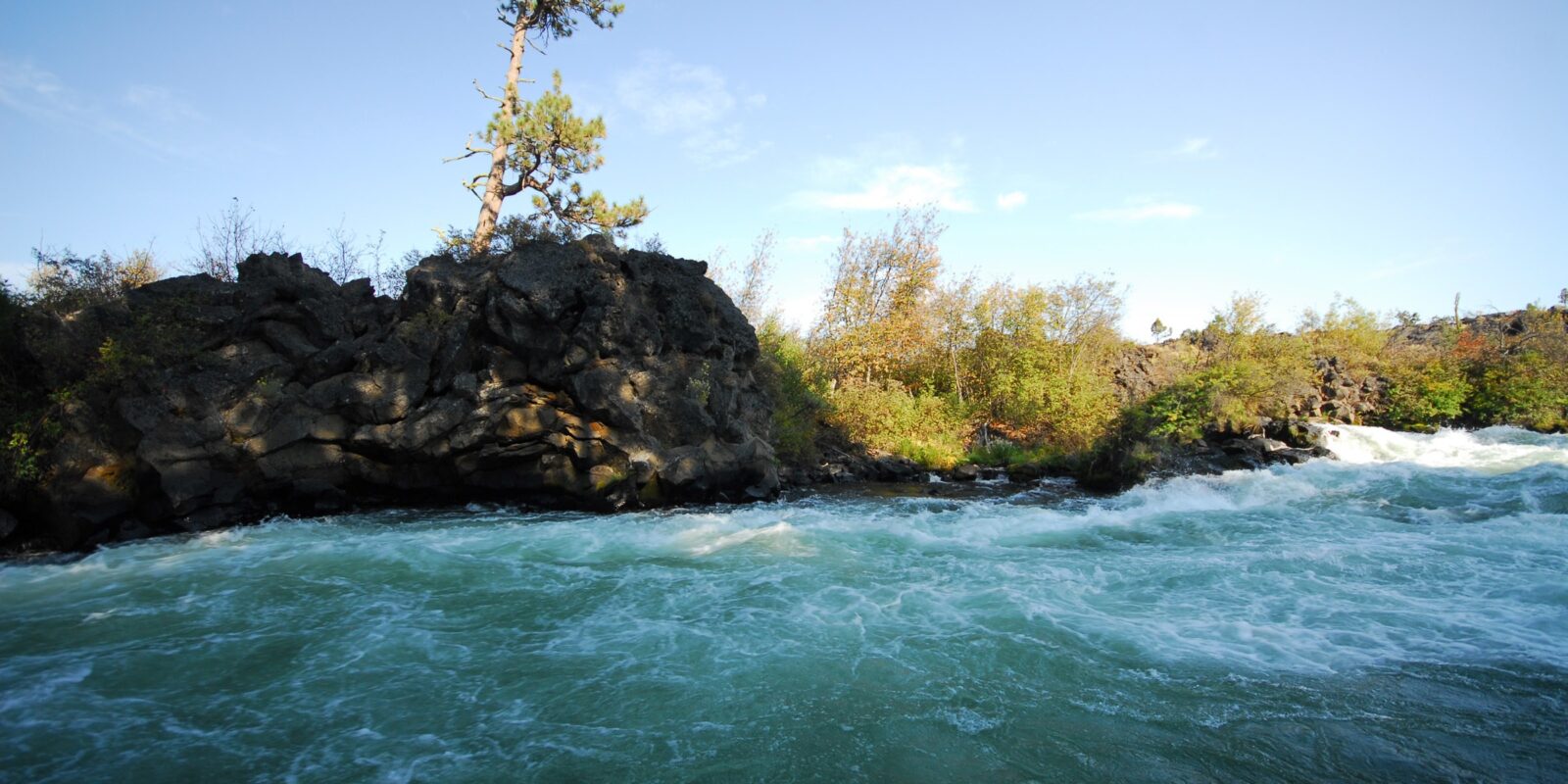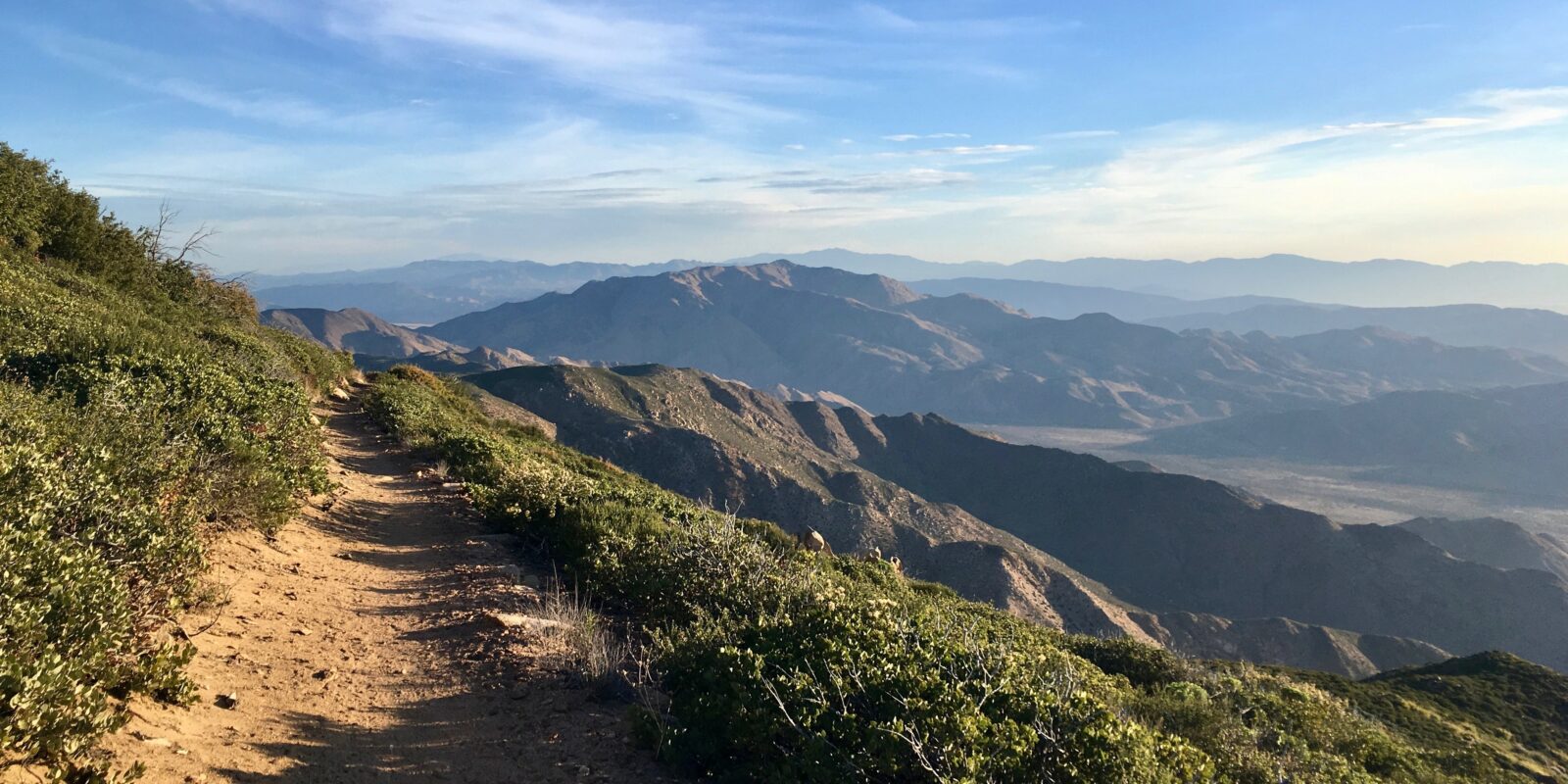Guide to Spring Backpacking Trips
Hiking is great. Getting to spend the night on the trail is even better. Whether it’s a quick overnighter or a multi-day epic, getting off the grid for a backpacking trip is a truly special experience, always worth the daunting packing list and heavy pack.
By mid summer, there are tons of options for longer backpacking trips high up in the mountains. But in the springtime, we have to be a little more choosy with where we set out to spend a few nights along the trail; there’s nothing like lingering snow and mud to put a damper on a night in the woods. We’ve put together a few highlights for early season backpacking in Colorado, Washington, Oregon, and California, so you can hit the trails early with confidence.
Things to Know About Backpacking in the Spring
Backpacking in the spring comes with a fair amount of uncertainty. While balmy summer-like temps are certainly possible, more likely you’ll encounter a mixed bag of weather. Expect the unexpected and bring more backup layers and gear than you usually would.
Fluctuation between daytime and nighttime temperatures can catch us off guard in the spring, so don’t be lulled into a false sense of security by the warm spring days. It’s up to personal preference, but choosing a slightly warmer sleeping bag for a spring backpacking trip could be the difference between shivering all night or drifting off into a deep cozy sleep under the stars.
Wherever you can, try to check on trail conditions with local ranger stations or the onX Backcountry App. It’s worth checking on the road conditions too, to see if you need to get past any seasonal closures to get to the trailhead. Most areas require permits (and/or advanced reservations) for overnight camping, so use the onX App to determine what jurisdiction the campsite you’re planning on falls under, and plan accordingly.
Take the pain out of planning
onX Backcountry is the ultimate GPS navigation app with trails near you, tracking, waypoints, real time weather, offline maps and so much more.
Colorado

Dinosaur National Monument
3.4 miles one way, 19’ elevation gain
Rugged river valleys, prehistoric fossils, and friendly meandering trails make Dinosaur National Monument a fun place to explore early season. The Ely Creek Campsite along the Jones River Trail is the most commonly used backcountry campsite, approachable for families and newer backpackers thanks to its mellow 3.4-mile approach and minimal elevation gain.
Big Dominguez Canyon
13.7 miles one way, 2,440’ elevation gain
In Big Dominguez Canyon you’ll find bright-red sandstone, desert bighorn sheep, waterfalls, sweeping mesas, and an adventurous yet accessible out-and-back trail with opportunities for overnight camping along the way. Just south of Grand Junction, the Dominguez Canyon Wilderness Study Area offers warm, dry trails when the mountains further east are still snow covered. You can hike the entire 13.7-mile trail, or just a portion.
Golden Gate Canyon
Less than an hour from Denver, Golden Gate Canyon is a beautiful and easy access spot for an early season backpacking trip with 35 miles of trails open for hiking year round. Whether you’re looking for a steeper challenge or a meandering trail through aspen groves, you’ve got tons of options. The state park has moved to a permit system for backcountry camping, so be sure to make a reservation before you go.
Washington

Ancient Lakes Loop
4.7 miles, 222’ elevation gain
An ideal beginner backpacking trip, Ancient Lakes Trail is a sub-five-mile loop with scenic lakes, sweeping views, and a meandering trail in central Washington. The low elevation hike is ideal for an early season trip when you’re jonesing for some sunshine and features waterfalls, desert lakes, and designated backcountry campsites for multiple parties. It’s worth noting that most of the water available is irrigation runoff so you should be prepared to carry your own water in.
Greenwater Lakes
4.8 miles, 422’ elevation gain
Old growth forests, log bridges, and quiet lakes, the Greenwater Lakes Trail is usually dry by May, a popular choice with families for the first few miles and a more rugged feel the further along. The 4.8-mile out-and-back is a great early season option, typically dry from May through November with just 422 feet of elevation gain.
Lena Lake Trail
6.7 miles, 1,364’ elevation gain
The popular yet rewarding switchbacks up to Lena Lake are an excellent first backpacking trip of the year, with over 20 backcountry campsites available along the north and west shores of the lake. At just under seven miles round trip and 1,300 feet of elevation gain, it’s a great way to get your hiking legs under you before the season really picks up.
Oregon

Deschutes River Trail
24.3 miles one way, 722’ elevation gain
A hike along the Deschutes River is a great way to celebrate spring along an almost-25–mile point-to-point trail that hugs the river canyon with spectacular wildflowers and a minimal elevation gain (less than 1,000 feet throughout the entire 24.3 miles). Since there’s not a ton of shade, it’s an ideal spring hike as summers can get pretty hot.
Eagle Creek Trail
7.2 miles one way, 1,410’ elevation gain
Old growth Douglas fir trees and a rich fern-filled forest make the 7.2-mile point-to-point Eagle Creek Trail a great overnight escape. Check with the Mount Hood National Forest Zigzag Ranger District if you’re headed out early season to get an update on conditions of some of the river crossings, which can be challenging early in the year.
Salmon River Trail
13.8 miles one way, 2,959’ elevation gain
The first few miles of the 14-mile Salmon River Trail are dry nearly year-round, and the further you go, the quieter the dense old growth forest becomes. Enjoy miles that follow the rocky shoreline, spotting waterfalls, steep cliffs, and wildflowers blooming in the spring. Goat Creek, almost five miles in, is a popular camping spot, and you can explore further along the trail depending on how far you’re looking to go.
California

Pioneer Trail
15 miles one way, 440’ elevation gain
With a gradual grade and the option to shuttle the point-to-point Pioneer Trail, this Tahoe trail system is a great way to kick off backpacking season. Stay heads up for mountain bikers and horses, which also frequent this trail between Nevada City and Truckee.
Sykes Hot Springs
19.5 miles round trip, 3,811’ of elevation gainThere’s no better reward after a long hike than a dip in a soothing hot spring pool. A well-loved trail on California’s central coast, an overnight along the Pine Ridge Trail to Sykes Hot Springs showcases a striking contrast of riverbeds, cliffside forests, and dense redwoods. Due to increased visitor traffic and maintenance following wildfires and winter storm damage, Sykes Hot Springs has undergone a series of closures, so it’s worth checking on the status, as well as treading lightly and practicing LNT principles while visiting this popular spot.
Pacific Crest Trail
108.8 miles, 13,713’ of elevation gain (Campo to Warner Springs segment)
While many folks endeavor to hike the full thing, overnight trips along the dry desert of the California segment of the Pacific Crest Trail can be a great way to experience some of this iconic 2,650 miles trail. Campo to Warner Springs is the first 110 miles or so of the PCT, offering tons of quicker desert segments for an early season trip. Water is an issue on this part of the trail, so be sure to pack extra in and check the PCTA Water Report for up to date info on where to refill.
There are tons of adventurous options for spring backpacking while the rest of the world is still thawing out from winter. Whether you’re looking for a short family friendly trip to dust the cobwebs off your backpacking gear or looking for a bigger mission, springtime adventures will kick off your season and make this summer the best one yet.
We’ve got a map for that
Plan your spring backpacking trip with onX Backcountry and feel confident on your next adventure.